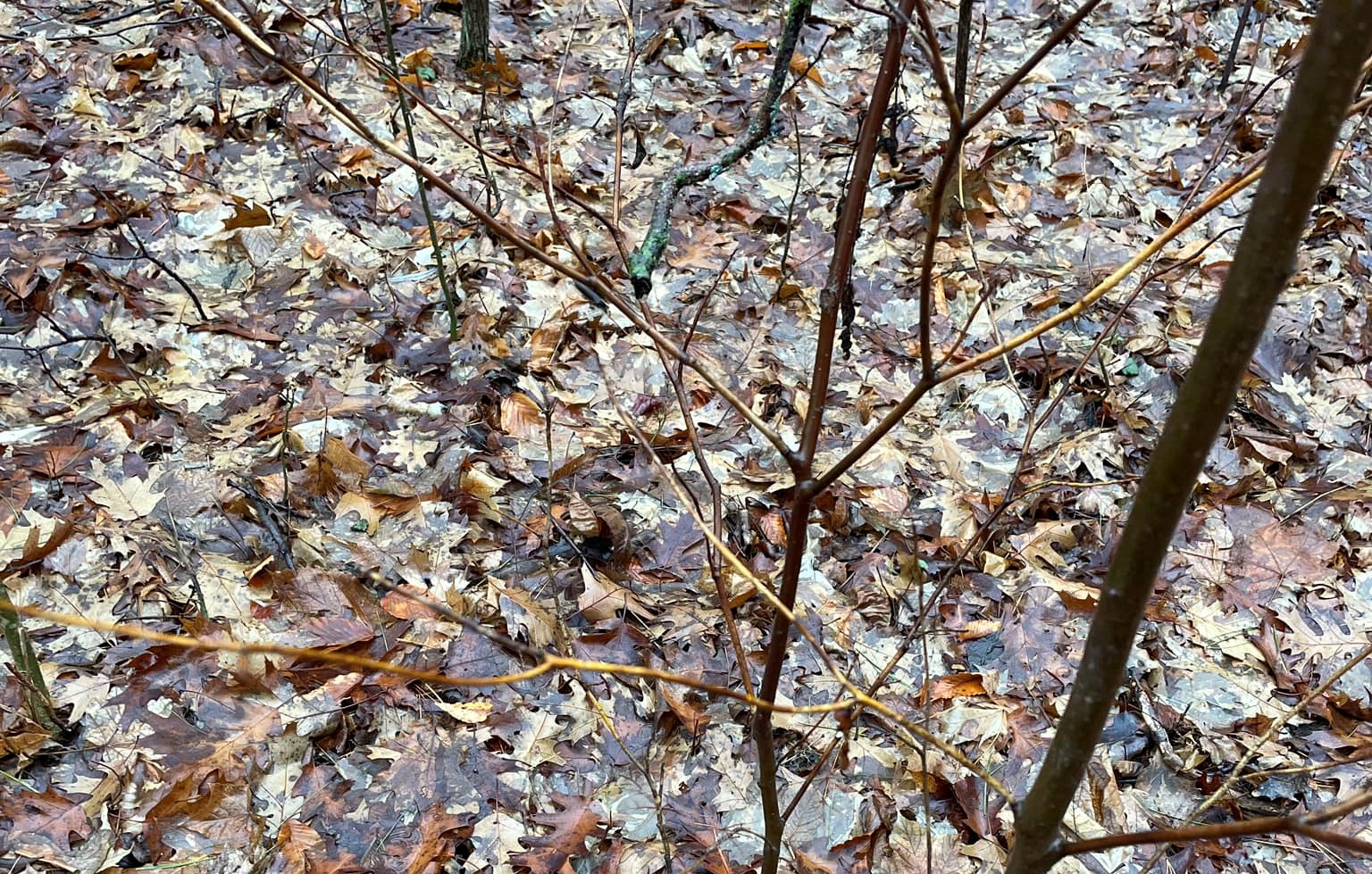Burlington’s Got Talent
Welcome to the first article of Local-News Burlington’s newest column, “Burlington’s Got Talent.” In this column, we will be featuring a multitude of talents and creative projects from different people all across Burlington. If you are a local artist, storyteller, or have a unique talent you would like to share, please send an email to talent.localnews@gmail.com for an opportunity to be featured.
To start off this column, we are featuring Karishma Jain, a young artist who specializes in mandalas.
Mandalas are amongst the world’s oldest art forms, dating back to around 560 B.C. They were thought to be created by Siddhartha Gautama, who also founded Buddhism. Gautama and his monks carried mandalas with them as they travelled the world, spreading the practice of painting these spiritual pieces all the way from Nepal to Tibet, China, India, and Japan.
It is said that a mandala, which is Sanskrit for “circle,” can be understood in two ways. Many see mandalas as a representation of the universe, as circles are deemed the most natural form to humankind. They are found in the stars, planets, moons, and even the atoms and cells that make up everything. In Hinduism and Buddhism, it is also believed that by creating a mandala and proceeding towards its centre, one enters a journey of transforming their universe into one of joy, happiness, and inner peace.

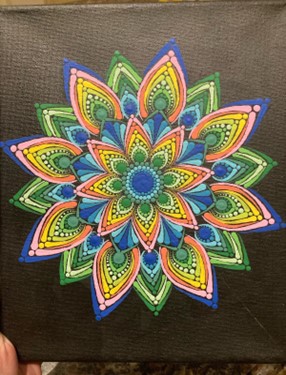
Moreover, each colour used in a mandala can be interpreted in many different ways. For instance, the colour yellow represents power, light, and joy; the colour red represents passion and fire; and the colour blue represents protection, tranquillity, and coldness. As such, in a single one of these art pieces, millions of messages can be conveyed.
For Karishma, mandalas are an undeniable passion (some of her mandalas are shown in the main photo and above). In an interview with Burlington Local-News.ca, she shared that she had been interested in radial designs and patterns from a young age. In the third grade, she began by making coloured rings with markers, filling entire pages with coloured circles.
A year later, she learned how to do henna, a form of temporary tattoo that uses a reddish dye from henna plants. This was something her mom introduced to her when she was younger. Henna led Karishma to make floral designs with radial patterns weaved into them, further fueling her love for intricate art forms.
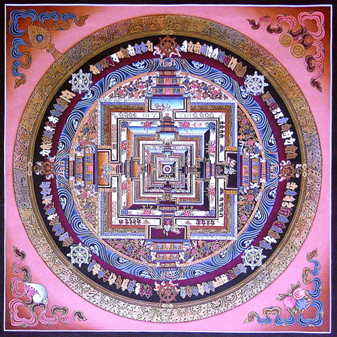

In the seventh grade, in an attempt to improve her henna skills, Karishma started making black and white mandalas with pencil, fine-tip markers, and paper. However, she only truly connected with the art form when she stumbled upon dot mandalas.
She explains, “One day, during COVID, I saw a video of dot mandalas on Instagram and I really fell in love with it almost instantly. So, I started watching YouTube videos and I bought the dotting tools off of Amazon. Once I started, I never stopped.”
Pictured below is Karishma’s first dot mandala, which she made on June 8, 2020, alongside one of her latest mandalas.
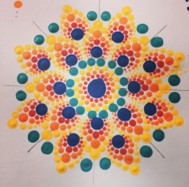
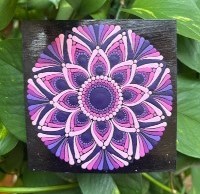
When asked what her tips were for those who would like to try making their own mandalas, Karishma recommended starting out by watching YouTube tutorials. She also emphasized the importance of having patience and practising a lot. “Don’t expect really great results in the beginning,” she warned. “But it’ll definitely get better over time.”
Karishma’s mandalas are now not only a form of art that she enjoys, but also a way for her to relax, disconnect from the world and re-centre herself. She states, “When I do my mandalas, I feel really balanced inside.”
In a world of stressors and complexities, it is super important to find a passion like Karishma’s miracle mandalas. Art can work in mysterious ways. It fills our hearts with magic and wonder while taking us on journeys through universes we never knew existed. Take Karishma’s journey: she began nine years ago making coloured rings and now, her mandalas have become invaluable, not only for their visual appeal but for the profound joy and peace that they bring her.




